Embrace the World of Herbalism: A Beginner's Guide
Today I wanted to write a post for those just beginning their journey with Herbalism. The world of traditional plant remedies is a beautiful place but can be intimidating at first. If you've ever been curious about harnessing the power of plants for health and wellness, you're in the right place. Herbalism, the practice of using plants to support health, has been around for centuries and offers a holistic approach to well-being. Use this blog post as a guide to embracing the world of herbal remedies.We’ll cover the basics of herbalism, how to get started, and some tips to help you on your herbal journey.
**Hey there! Just a heads up—this post contains affiliate links. If you decide to make a purchase through one of these links, I'll earn a small commission at no extra cost to you. Thanks for supporting my blog!**
What is Herbalism?
Herbalism is the art and science of using plants to support health and wellness. It involves understanding the properties of different herbs and how they affect your body and mind. Each herb contains a complex combination of phytochemicals that, when used appropriately, can help maintain your health and promote well-being. Rooted in traditional practices and knowledge passed down through generations, herbalism continues to thrive in modern times as people seek natural and holistic alternatives to conventional medicine.
However, it's important to recognize that while herbalism can be a powerful tool for promoting health, it is not a substitute for modern medicine. In emergencies and life-threatening situations, modern medical treatments are essential and irreplaceable. Herbal remedies should be used to complement conventional medical care, not replace it. Learning how to use herbs can be a healing process, enhancing your overall well-being, but always prioritize life-saving treatments in critical situations.
Why practice Herbalism?
Herbalism offers a range of benefits that make it an appealing choice for those looking to enhance their health naturally:
Natural Healing: Herbs are natural and often have fewer side effects compared to synthetic medications.
Holistic Approach: Herbalism considers the whole person, addressing physical, emotional, and spiritual aspects of health.
Sustainable and Accessible: Many herbs can be grown at home, making herbal remedies sustainable and accessible. Many invasive species are actually medicinal, wildcrafting these help to bring balance back to your local ecosystems.
Empowerment: Learning about herbalism empowers you to take control of your health and make informed choices. While you cannot replace modern medicine in an emergency, embracing the power of herbs can be a transformative experience, one that deepens your connection to nature and your body.
Steps to Getting Started with Herbalism
Embarking on your herbal journey can be both exciting and overwhelming. Here are some steps to help you get started:
1. Educate Yourself
The first step in becoming an herbalist is to educate yourself about herbs and their uses. There are many resources available, including books, online courses, and local workshops. Some essential topics to study include:
Herb Identification: Learn to identify different herbs in their natural habitat. Field guides and plant identification apps can be helpful.
Herbal Properties: Understand the properties and actions of various herbs (e.g., anti-inflammatory, antiviral, adaptogenic).
Preparation Methods: Learn how to prepare herbs for use, including making teas, tinctures, salves, and infusions.
Safety and Dosage: Understand safe usage and proper dosages for different herbs, especially when combining them with other medications.
Recommended Reading:
"Rosemary Gladstar's Medicinal Herbs: A Beginner's Guide" by Rosemary Gladstar
“Alchemy of Essential Oils and Aromatherapy” by Claire Wilson
2. Start Small
It's easy to get excited and want to try everything at once, but starting small is key to avoiding overwhelm. Choose a few common herbs to begin with and focus on learning about their properties and uses. Below are some of my favorite, beginner-friendly herbs.
Chamomile: Known for its calming and anti-inflammatory properties.
Lavender: Great for relaxation and skin healing.
Peppermint: Useful for digestive issues and headaches.
Echinacea: Boosts the immune system and fights respiratory infections.
Marshmallow Root: A demulcent that boosts mucus production. Great for promoting smooth digestion and soothing the respiratory system.
Lemon Balm: A stress reliever that promotes restful sleep. One of my favorite herbs known for anti-inflammatory and antiviral properties, a staple during cold and flu season!
When I’m learning about a new herb I like to take some time to really get to know the plant. I always start by filling out a monograph and making a cup of tea. A monograph is a great way to learn about a plant, its growing conditions and plant anatomy. When trying an herb for the first time make sure your brew is just the herb by itself so you can really pay attention and see how it affects your body. I like to sit with my brew and journal about any changes I feel. This practice not only gets you in tune with the plant, but it also grounds you to the moment. A great activity to bring you back to the present moment.
3. Grow Your Own Herbs
Growing your own herbs is a rewarding way to immerse yourself in herbalism. You don't need a large garden or even a yard to do so; many herbs can be grown in pots on a windowsill or balcony. Start with easy-to-grow herbs like basil, mint, and parsley. As you gain confidence, you can expand your garden to include more varieties.
Tips for Growing Herbs:
Choose the right location with adequate sunlight.
Use well-draining soil and water regularly.
Harvest herbs in the morning when their essential oils are at their peak.
Research the specific needs of each herb to ensure they thrive.
4. Practice Safe Herbalism
While herbs are natural, they are also potent and should be used with care. Always research an herb before you try it out. There are many herbs that have been studied in a clinical environment and are deemed safe. Start with these herbs before you try more uncommon plants. Here are some safety tips to keep in mind:
Consult a Professional: If you have a pre-existing condition or are taking medications, consult a healthcare professional before using herbs.
Start Slowly: Introduce new herbs one at a time to monitor any adverse reactions.
Research Interactions: Be aware of potential interactions between herbs and medications.
Use Quality Herbs: Source your herbs from reputable suppliers to ensure they are free from contaminants.
Exploring Herbal Preparations
One of the joys of herbalism is creating your own remedies. Below I’ll go through a couple ways to incorporate herbs into your life. If you want to learn more about different herbal preparations check out this other post!
1. Herbal Teas (Infusions and Decoctions)
Herbal teas are a simple and effective way to enjoy the benefits of herbs. To make an infusion, steep dried or fresh herbs in hot water for 10-15 minutes. Strain and enjoy. Always use water that is not quite boiling to preserve the medicinal compounds within. If you want to learn more about these water extraction check out my page on Decoctions and Infusions!
Example Recipe: Chamomile Tea
1 tablespoon dried chamomile flowers
1 cup boiling water
Steep for 10 minutes, strain, and drink.
2. Tinctures
Tinctures are concentrated herbal extracts created by soaking herbs in alcohol, vinegar, or glycerin, resulting in potent elixirs with a long shelf life. These meticulously crafted plant remedies unlock the healing essence of nature, providing a powerful and convenient way to harness the benefits of herbs for your well-being.
Check out my post on Determining Herbal Concentrations to help you make potent and consistent extracts!
Example Recipe: Echinacea Tincture
1 part dried echinacea root
2 parts vodka or brandy
Place herbs and alcohol in a jar, cover, and let sit for 4-6 weeks. Strain and bottle.
3. Salves
Salves are ointments made from infused oils and beeswax, used for skin healing and protection.
Example Recipe: Calendula Salve
1 cup calendula-infused oil
1/4 cup beeswax
Melt beeswax and oil together, pour into a container, and let cool.
Joining the Herbal Community
Herbalism is a journey best enjoyed with others. Consider joining herbal communities, attending workshops, and connecting with fellow herbalists. Sharing experiences and knowledge can enhance your learning and provide support along the way.
If you want to join the herbal community here at Elemental Planet, check out my monthly subscription of DIY Herbal Recipes! For just $4.99/month you'll receive weekly herbal recipes that highlight a core concept of Herbalism!
Start your Journey Today
Embarking on the journey of herbalism is a transformative experience that connects you with the wisdom of nature and empowers you to take control of your health. While it may seem intimidating at first, remember that every expert was once a beginner. By educating yourself, starting small, growing your own herbs, and practicing safe herbalism, you'll gradually build your confidence and knowledge.
Herbalism offers a holistic approach to well-being, addressing not only the physical but also the emotional and spiritual aspects of health. It encourages a deeper connection to nature and a greater understanding of how plants can support your wellness journey. However, it's essential to recognize the complementary role of herbalism alongside modern medicine. In emergencies and life-threatening situations, always prioritize conventional medical treatments.
As you explore the world of herbal remedies, you'll discover the joy of creating your own healing potions, teas, and salves. Sharing this journey with a community of like-minded individuals can further enrich your experience, providing support and inspiration along the way.
Thank you for joining me on this exploration of herbalism. I hope this guide has provided you with valuable insights and the motivation to begin your own herbal adventure. Remember, the journey of a thousand miles begins with a single step—take that step today and embrace the healing power of herbs!



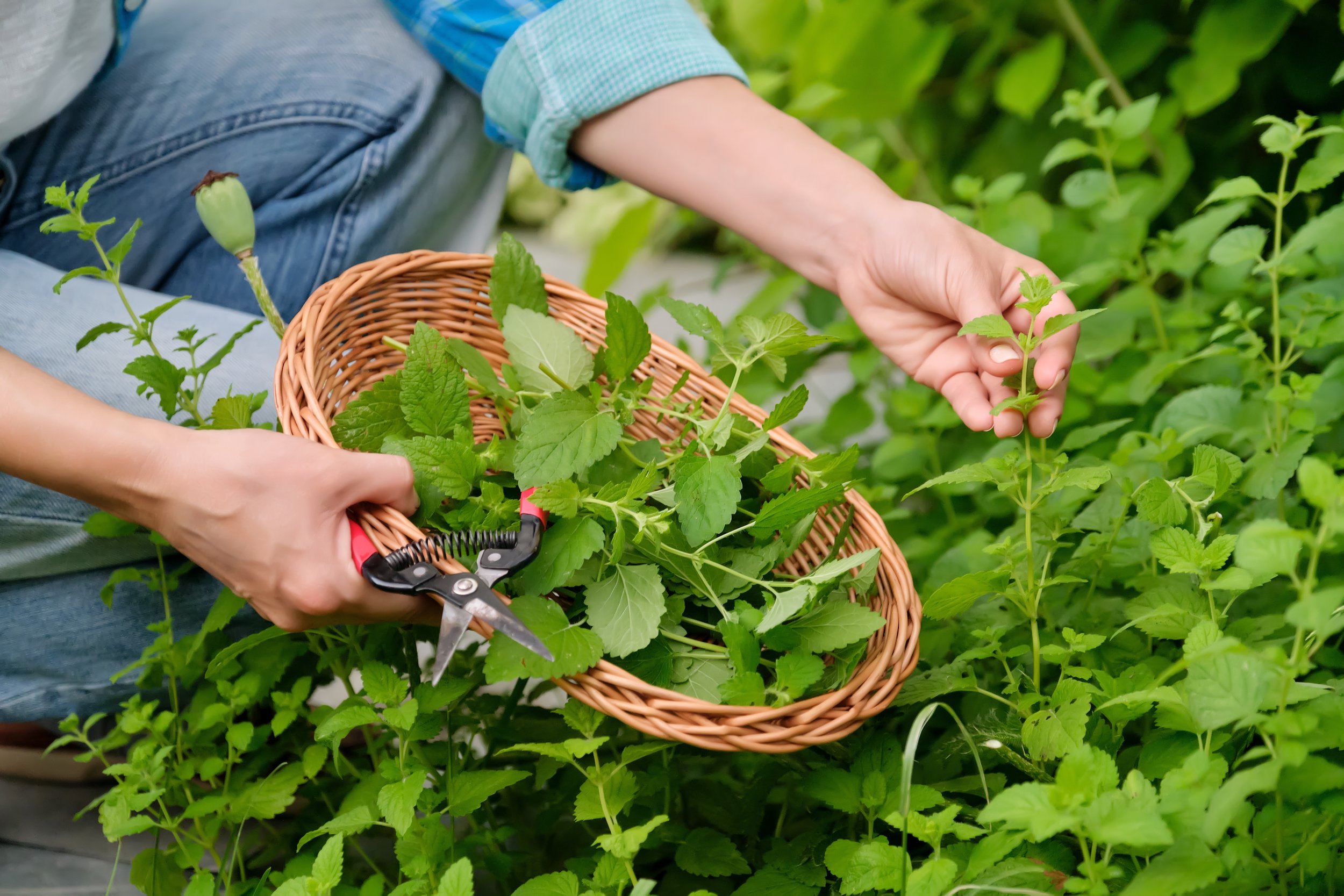








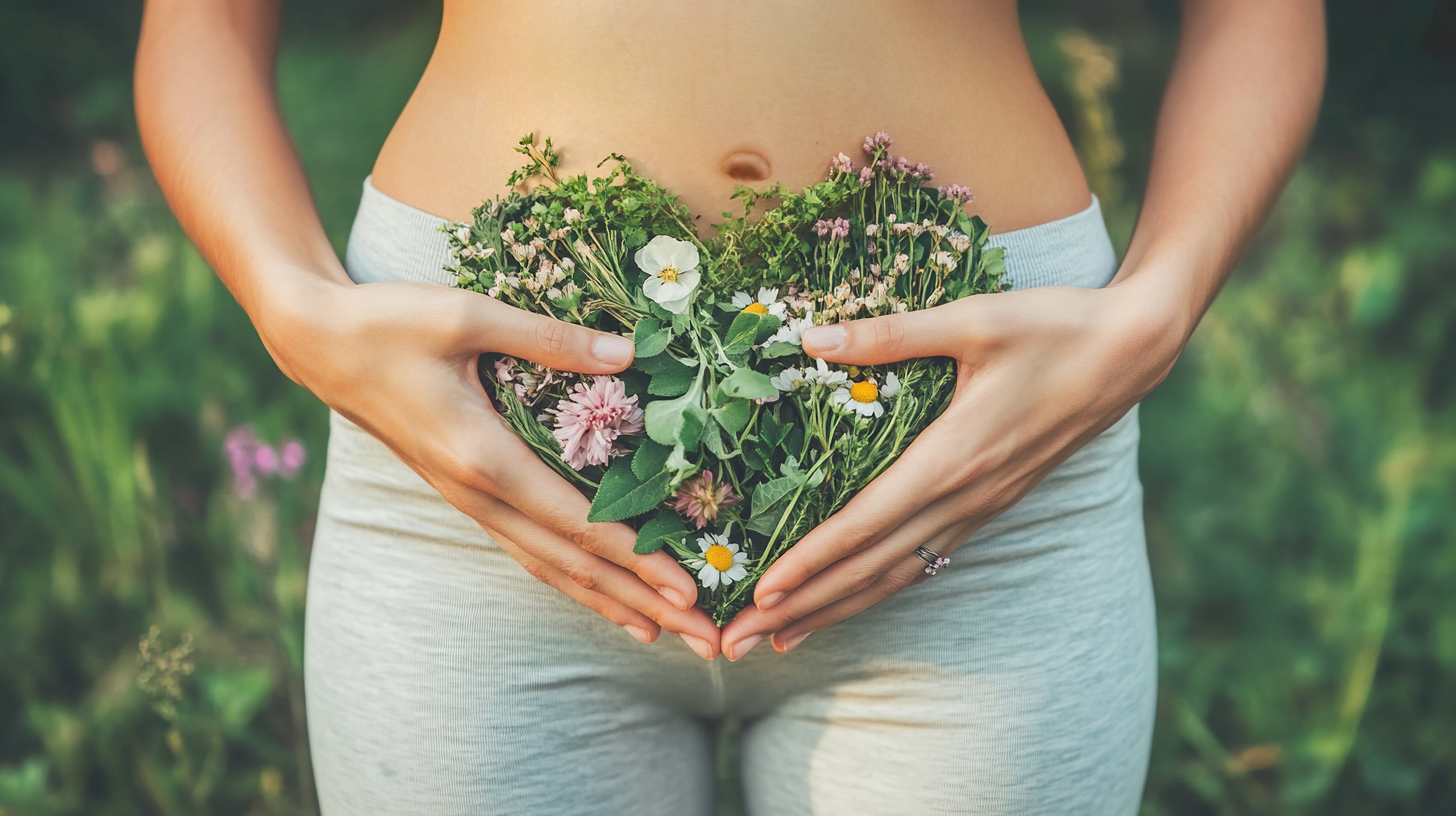
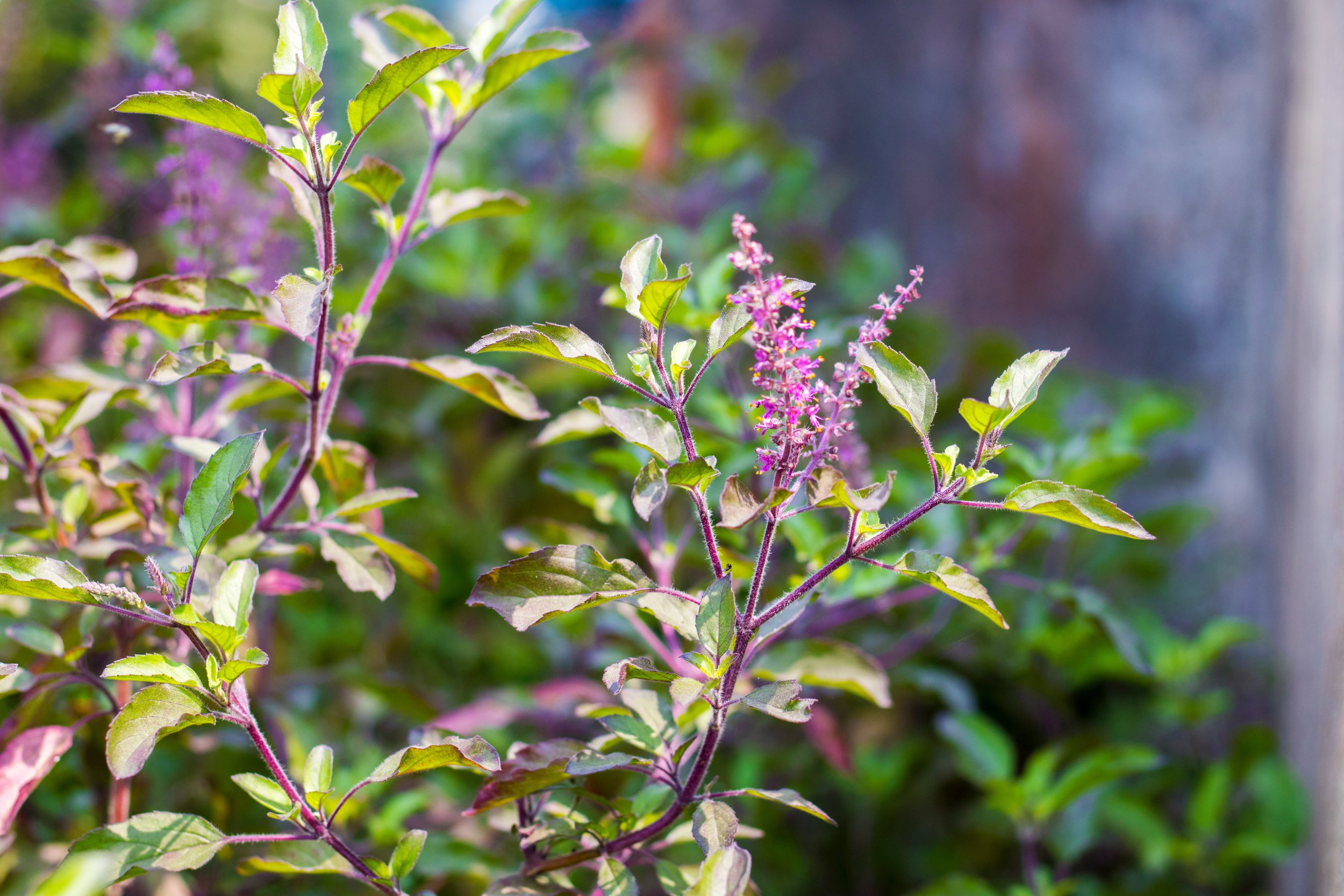

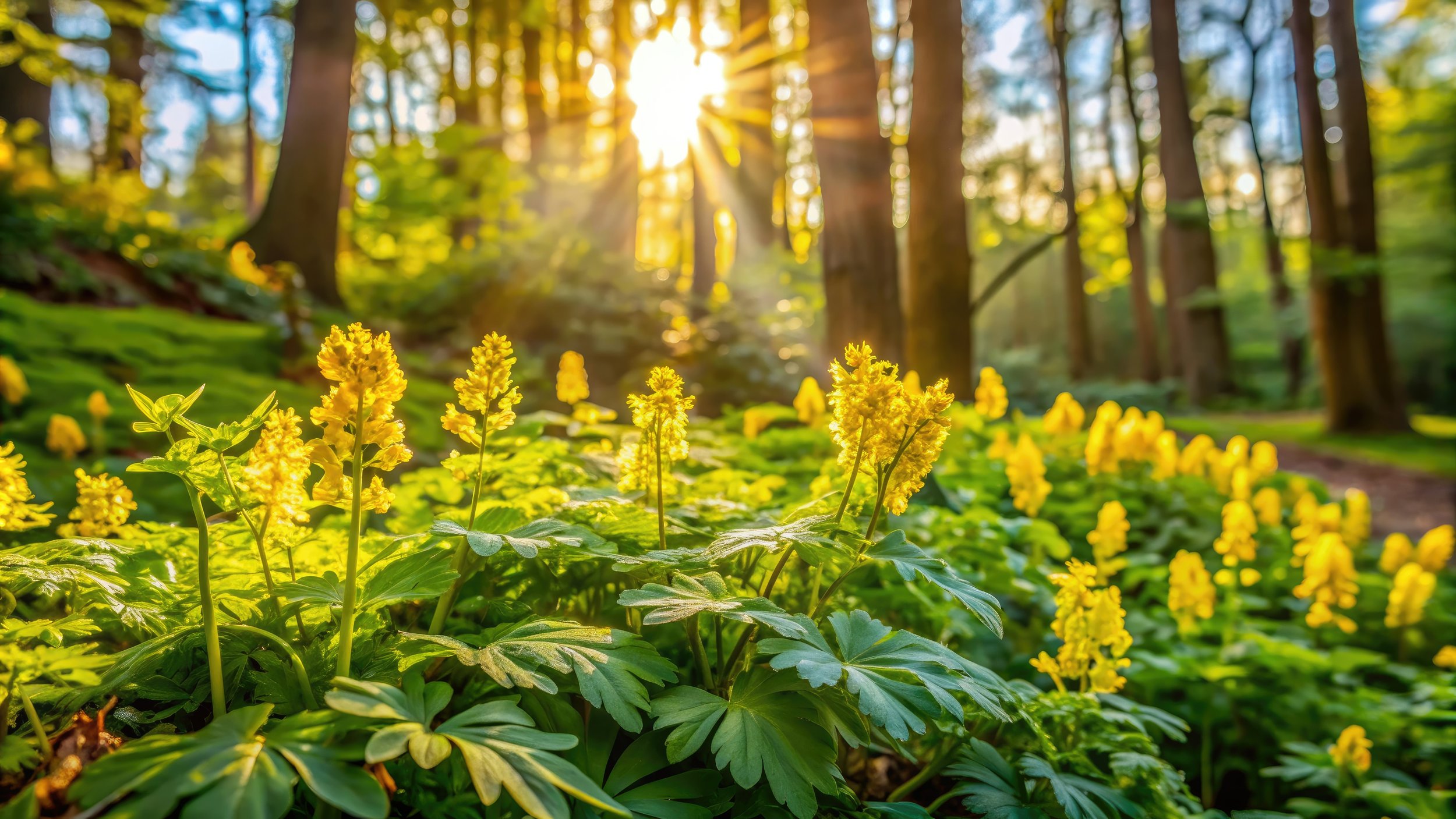
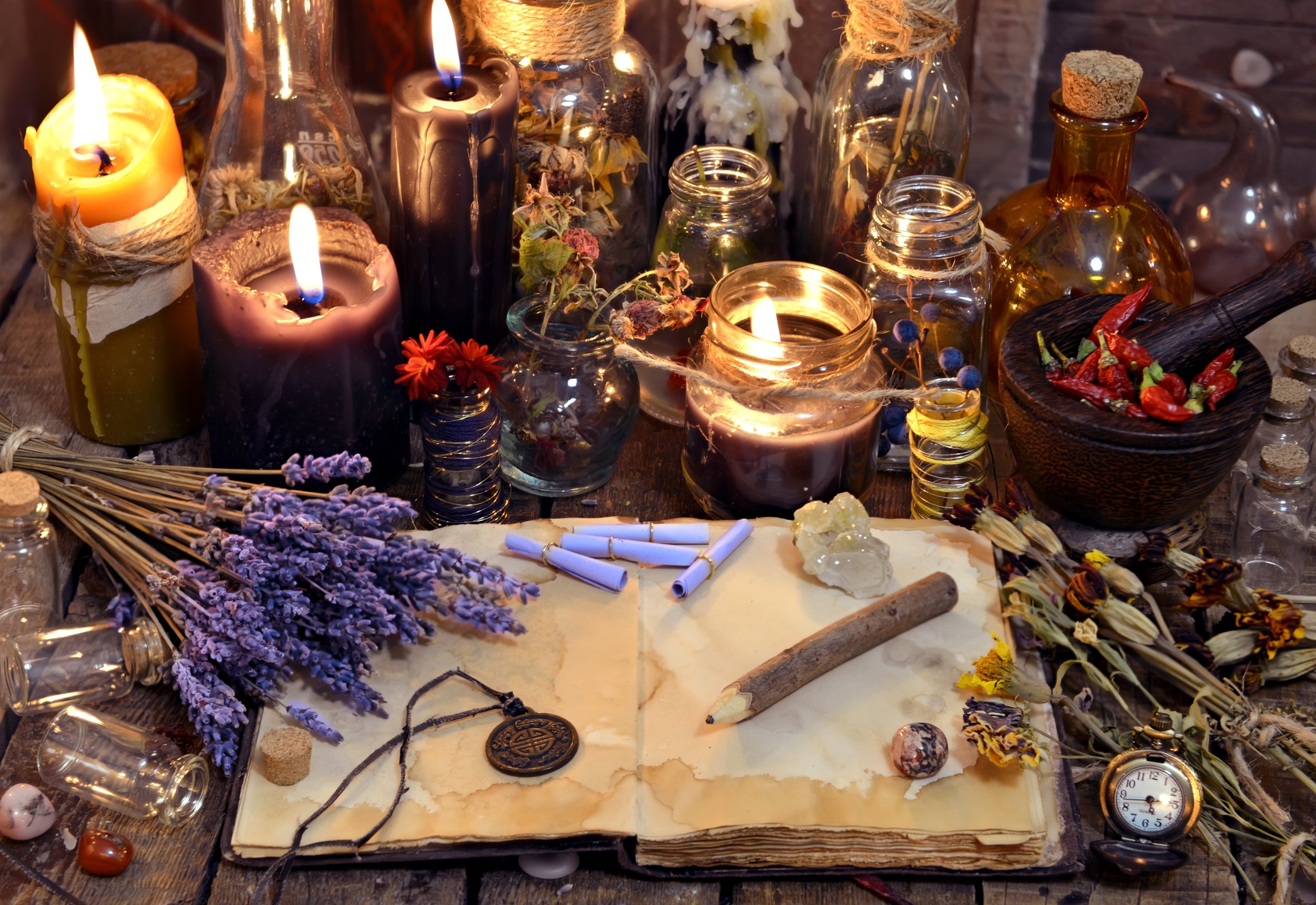

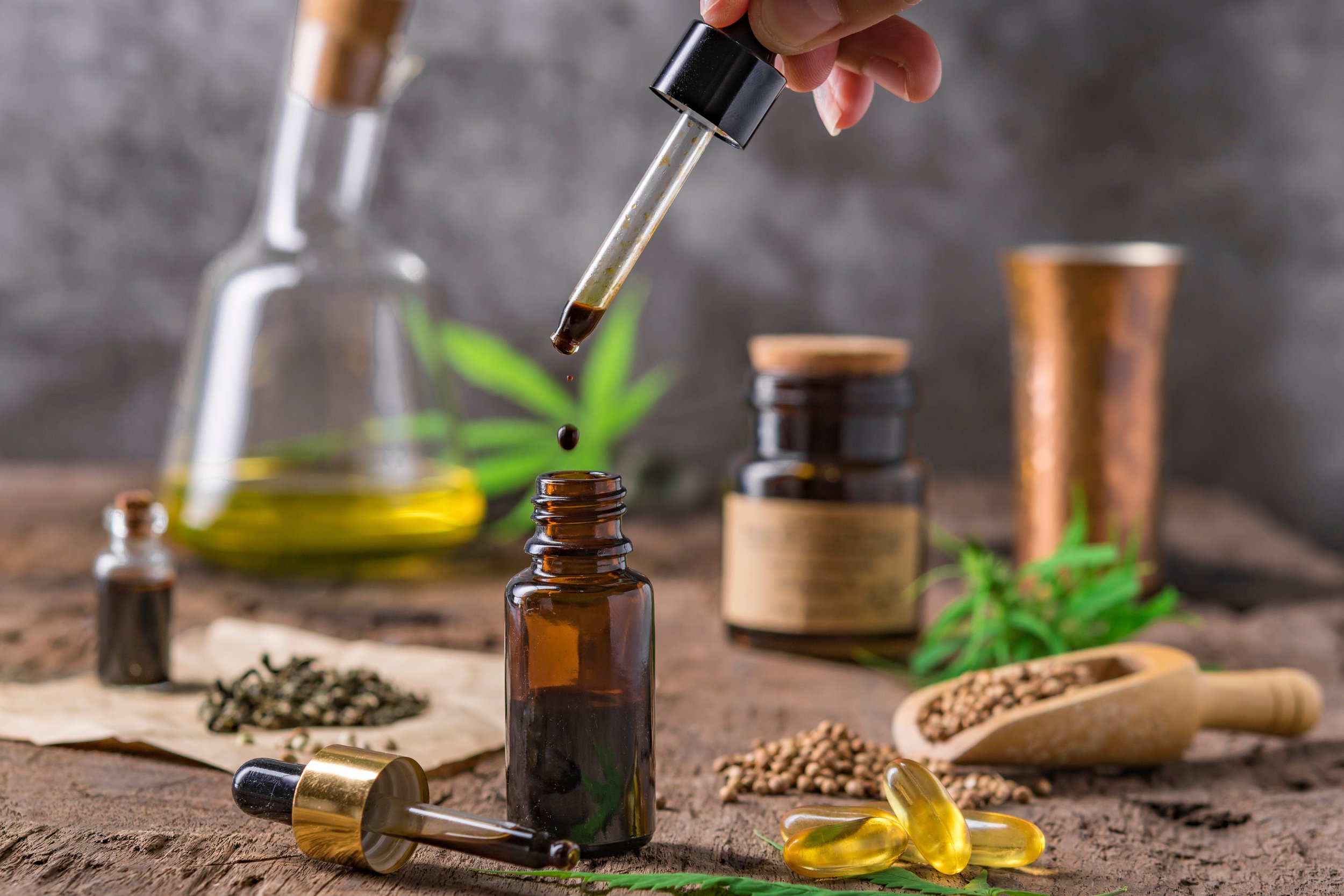

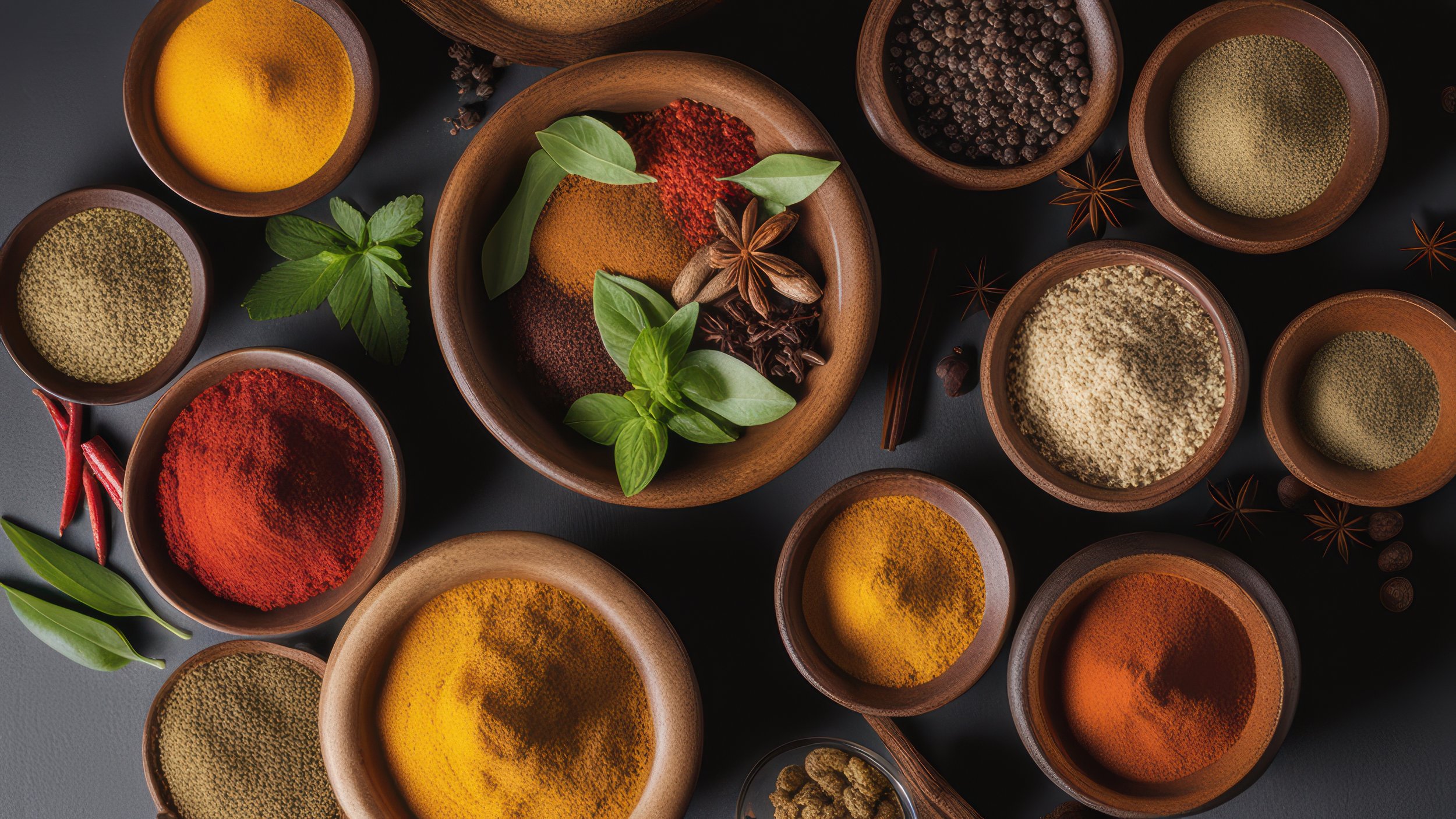

Hello and welcome! I'm Eve, a Chemist turned Herbalist, sharing the wonders of plant medicine and botanical skincare. Join me on this journey to Learn, Create, and Align your Divine!